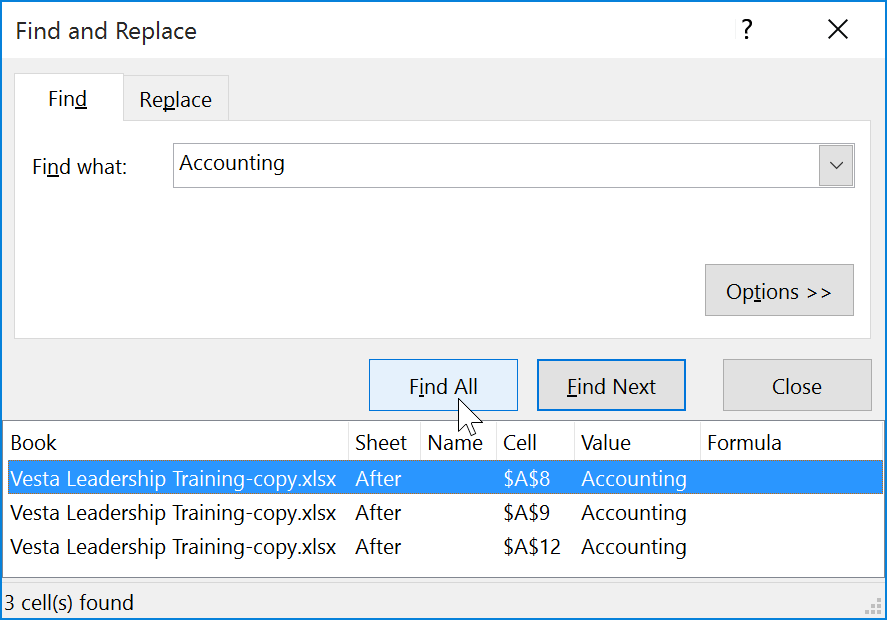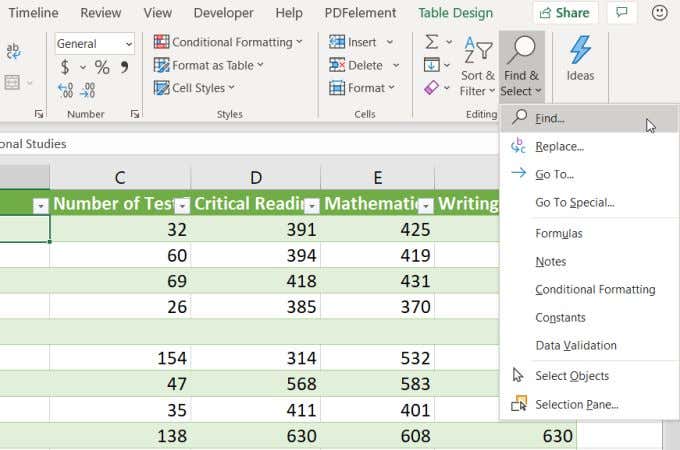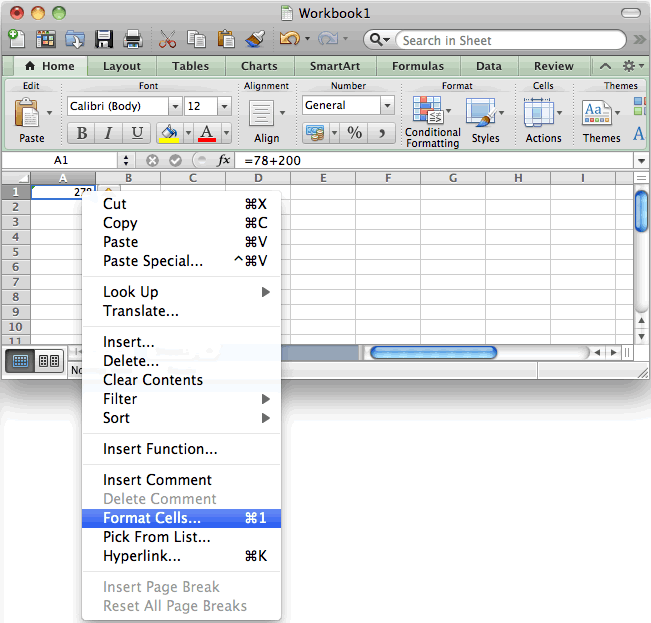

Place your connection properties at the beginning of odbc.ini:ĭriver = CData ODBC Driver for Active Directory In addition to the connection properties required to connect to Active Directory, the Driver property specifies either a driver definition in the odbcinst.ini file or the path to the driver library. This will limit the number of rows returned, which is especially helpful for improving performance when designing reports and visualizations. When you configure the DSN, you may also want to set the Max Rows connection property.

Note: Specifying a narrow BaseDN may greatly increase performance for example, cn=users,dc=domain will only return results contained within cn=users and its children. Server information, including the IP or host name of the Server, as well as the Port.īaseDN: This will limit the scope of LDAP searches to the height of the distinguished name provided.Valid User and Password credentials (e.g., Domain\BobF or cn=Bob F,ou=Employees,dc=Domain).To establish a connection, set the following properties: Modifying iODBC's system-wide settings requires elevated permissions to do so, you can use following to open a text editor from the terminal: You can find the correct odbc.ini in the following paths: System data sources can be accessed by all users. User data sources can only be accessed by the user account whose home folder the odbc.ini is located in. You can define ODBC data sources in sections in the odbc.ini file. To activate a trial license, omit the key input.Ĭd "/Applications/CData ODBC Driver for Active Directory/bin" In a terminal run the following commands to license the driver. This makes the driver easy to use with these tools.

The CData ODBC Driver for Active Directory is preconfigured for the iODBC driver manager, as are many other products like Microsoft Excel.

Installing the CData ODBC Drivers on Mac OS X This article walks through creating a DSN for Active Directory data in iODBC and accessing Active Directory data in Microsoft Excel, all on a machine running Mac OS X. Microsoft Excel features calculations, graphing tools, pivot tables, and a macro programming language that allows users to work with data in many of the ways that suit their needs, whether on a Windows machine or a Macintosh machine.


 0 kommentar(er)
0 kommentar(er)
